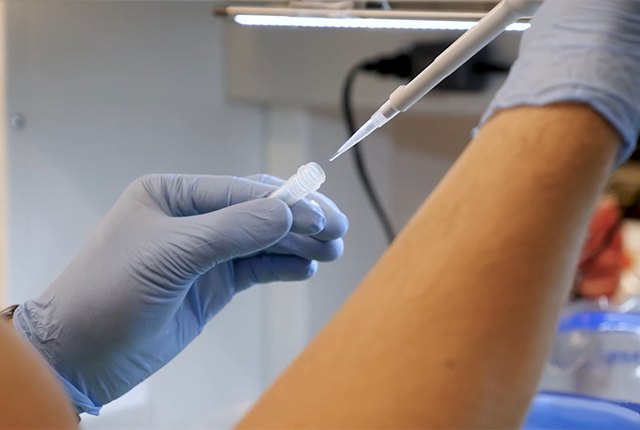
Newly funded effort aims for vaccine against Valley Fever
A UW Medicine vaccine expert will work with colleagues in Arizona to develop protection against the illness, which is climate-influenced.Researchers from the University of Washington School of Medicine and Northern Arizona University (NAU), in collaboration with the Washington National Primate Research Center, received a $1.5 million grant from the National Institute of Allergy and Infectious Diseases. The grant which will fund research that they hope will result in a safe and effective vaccine for Valley Fever, a fungal infection common in hot, dry regions. The infection is spreading as the climate changes and the environment becomes hotter and drier.
This project creates the first U.S. center focused on Valley Fever research, sited in Arizona because its population experiences some of the nation’s highest rates of the illness. The center aims to design an effective vaccine that can protect against Valley Fever before it becomes an epidemic.
“There’s a new threat of emerging epidemics due to climate change, and this is one of them. We need to be prepared for them,” said Deborah Fuller, professor of microbiology and the Washington National Primate Research Center’s associate director of research. She is the project lead at UW Medicine.
The principal investigator is Paul Keim, a professor of biological sciences and executive director of the Pathogen and Microbiome Institute at NAU. Associate professor Bridget Barker and assistant research professor Erik Settles are project leads at NAU.
Valley Fever affects all mammals, with humans and dogs being the most frequent victims. The severity of the disease is inconsistent, with the difference in severity often being challenging or even impossible to explain. It can be deadly or its effects can linger for years and cause health complications in the afflicted person or animal. It’s currently treated with antifungals, but even at its best, this treatment halts fungal growth; it doesn’t get rid of it.
“For diseases with developed vaccines, we have found that it’s much more effective to prevent the infection than it is to treat the disease,” Barker said. “Prevention is going to be the best mechanism. By combatting Valley Fever with an effective vaccine, that means people don’t get the disease at all. They never have it growing in their lungs. Their immune system can kill it before that ever happens.”
Central to the goals of this program is the development of a nonhuman primate model of Valley Fever. Nonhuman primates, like humans, are vulnerable to Valley Fever and exhibit similar pathology. The team will be the first ever to closely study this model. These studies are expected to reveal new insights into the earliest events following infection that will be key to designing an effective vaccine that can prevent the infection.
This is a condensed version of the original post by Heidi Toth at Northern Arizona University.
For details about UW Medicine, please visit https://uwmedicine.org/about.
